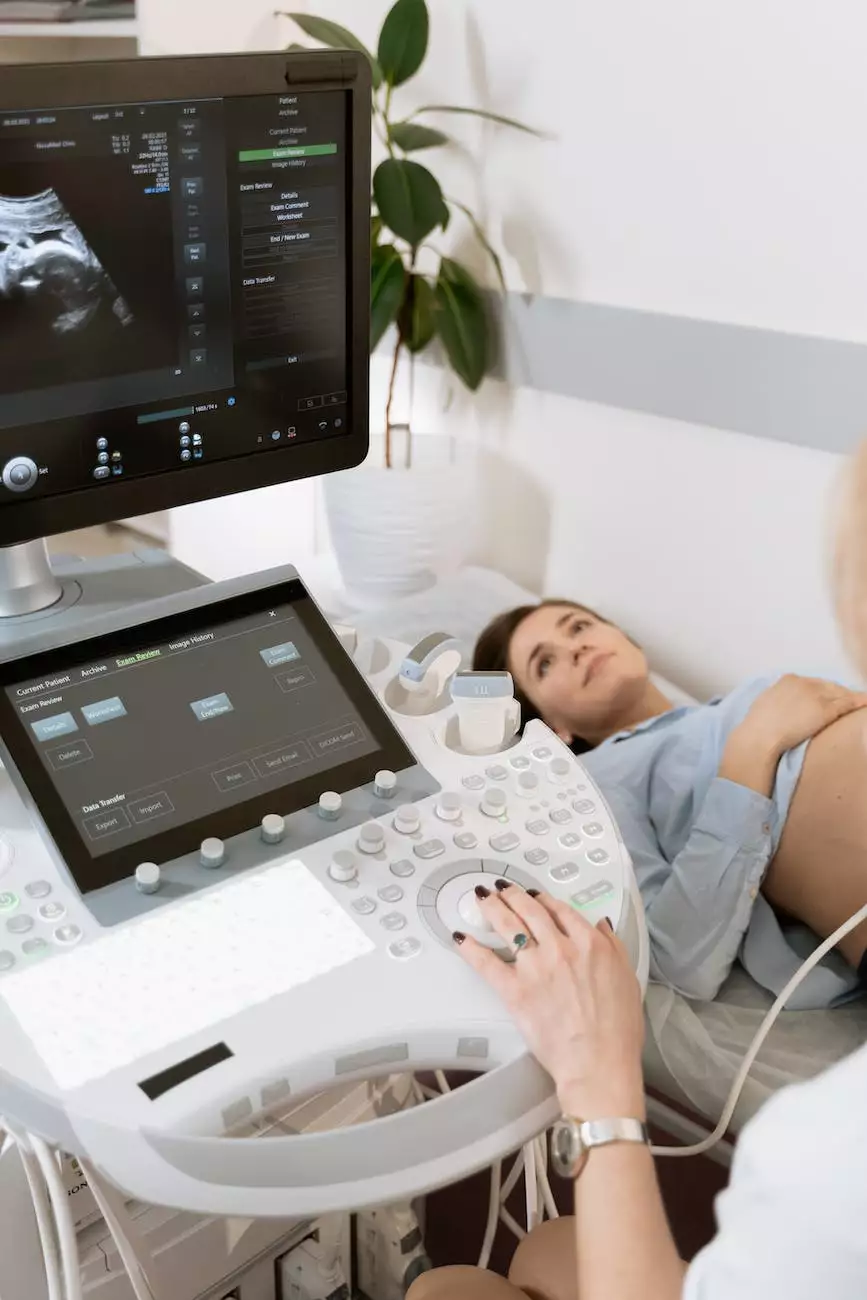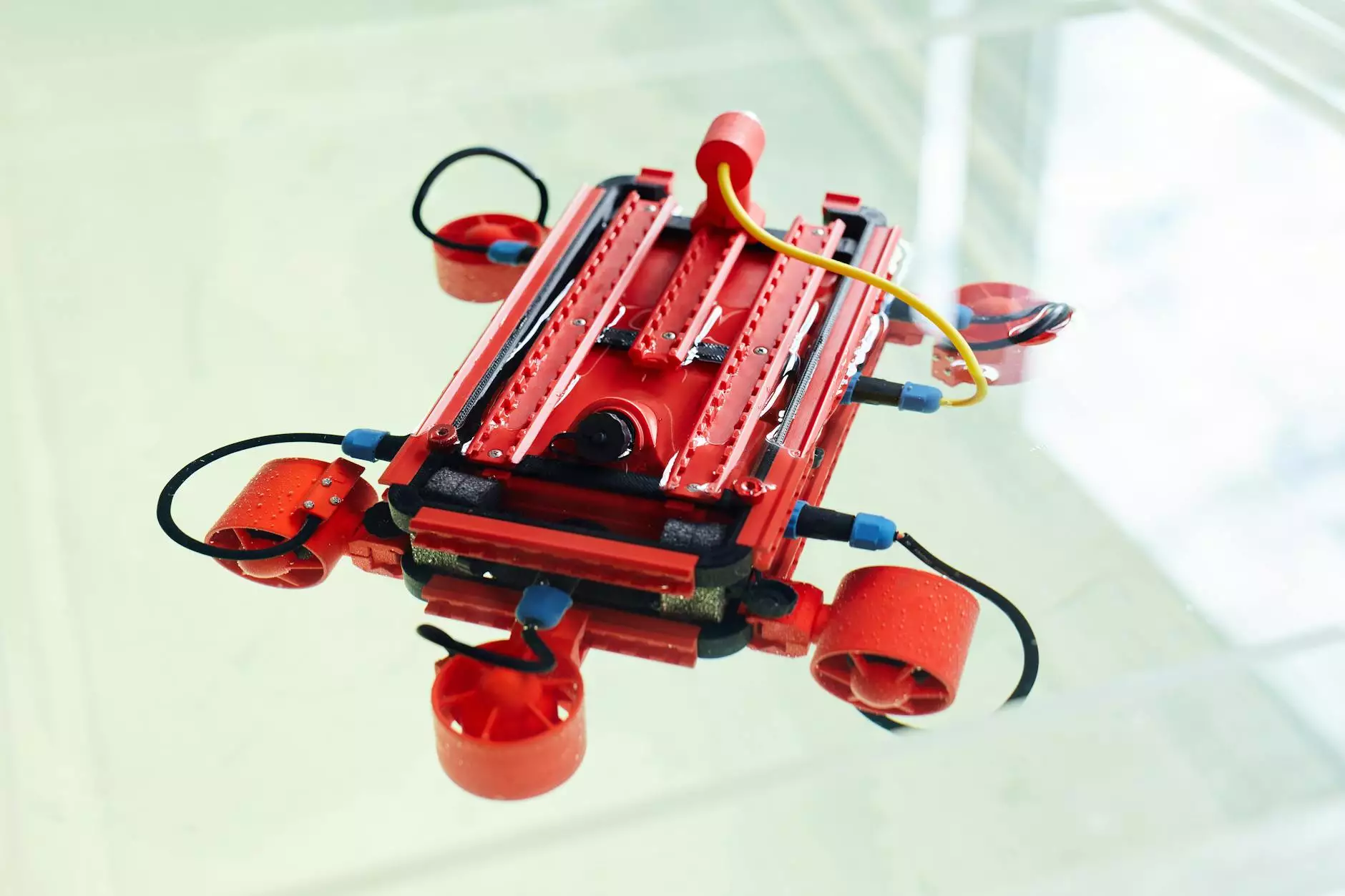3D-Printed Firearms: A Guide To Understanding Ghost Guns
Blog
The Rise of 3D-Printed Firearms
In recent years, the world of firearms manufacturing has been revolutionized by advancements in 3D printing technology. These innovative machines have allowed individuals to create functional firearms from the comfort of their own homes, giving rise to a new breed of weapons known as ghost guns. This comprehensive guide explores the various aspects of 3D-printed firearms, from their mechanics to their legal implications.
Understanding 3D Printing
Before delving into the intricacies of 3D-printed firearms, it's crucial to have a basic understanding of 3D printing technology. 3D printing, or additive manufacturing, is a process that involves creating three-dimensional objects by layering material, usually plastic, in a controlled manner. This technique has revolutionized industries ranging from healthcare to aerospace and now, firearms manufacturing.
The Mechanics of 3D-Printed Firearms
3D-printed firearms are typically made using a combination of filament-based 3D printing and assembly techniques. The process involves printing various components of the firearm, such as the lower receiver, magazine, and grip, using durable and heat-resistant materials. These components are then assembled to create a functional firearm that can fire live ammunition.
Legal Implications and Challenges
The emergence of 3D-printed firearms has posed significant legal challenges for regulators worldwide. Due to their nature, ghost guns often bypass traditional firearms regulations since they are not manufactured by licensed firearms manufacturers. This presents unique issues related to traceability, control, and safety. It is important to note that regulations surrounding 3D-printed firearms vary by jurisdiction, so it's crucial to stay informed about local laws and regulations.
Benefits and Concerns
There are several perceived benefits and concerns associated with 3D-printed firearms. Supporters argue that these DIY weapons offer individuals the ability to exercise their Second Amendment rights and enhance their self-defense capabilities. However, critics raise concerns about their potential misuse, including the ability to bypass background checks and the inability to trace these weapons back to their owners.
Exploring the Future of 3D-Printed Firearms
The future of 3D-printed firearms is still uncertain. As technology continues to advance and regulations evolve, it is crucial to monitor developments in this field. Ongoing discussions around 3D-printed firearms focus on striking a balance between individual rights and public safety. It remains to be seen how policymakers, manufacturers, and society as a whole navigate this complex landscape.
Conclusion
Plastic Molding Pros aims to provide a comprehensive resource for those seeking to understand 3D-printed firearms and the implications they pose. Our guide serves as a starting point for individuals interested in exploring this emerging technology. Remember to familiarize yourself with local laws and regulations, prioritize safety, and engage in responsible discussions surrounding this topic. Together, we can navigate the complexities of 3D-printed firearms and foster informed dialogue.




